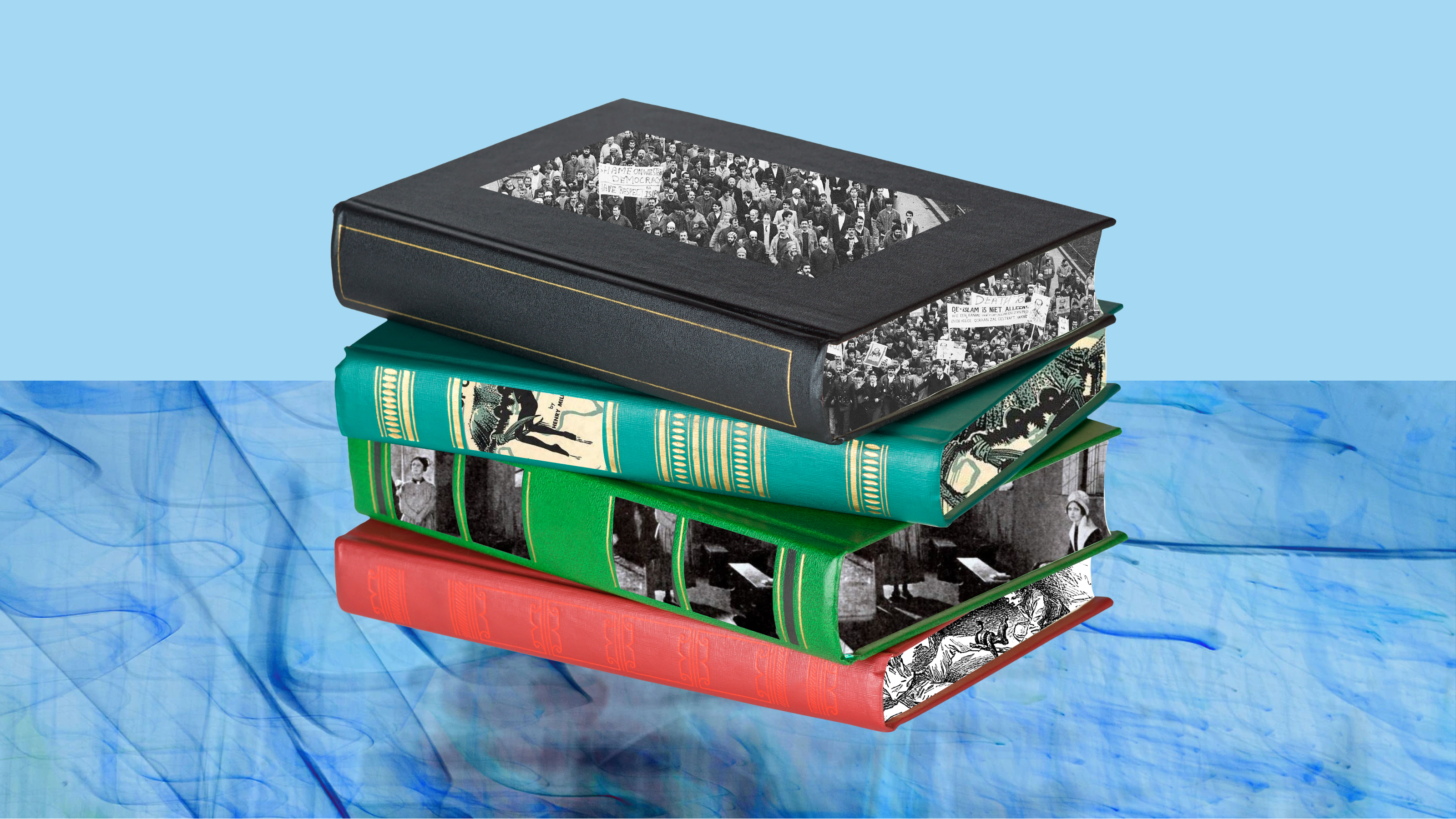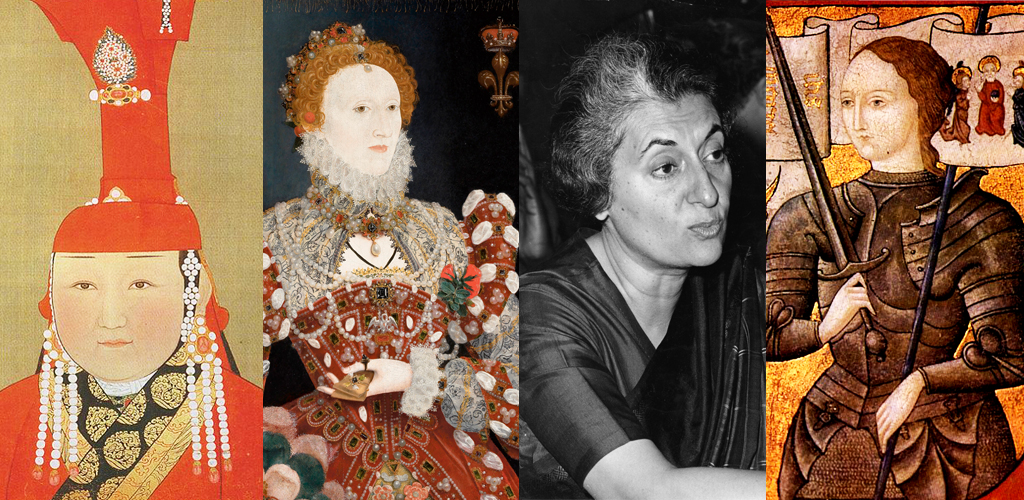A Delightful Surprise

When the women artists of today look back in history for examples to follow, they usually limit themselves to the artists of the twentieth century. Sure, an Artemisia Gentileschi here and a Rosa Bonheur there pop up to prove that women have fought for their rights over the centuries, but the larger pattern has been of successful women artists playing the male-dominated game. That dearth of historical heroines makes the lack of attention paid to nineteenth century French artist Adélaïde Labille-Guiard all the more criminal. Laura Auricchio’s Adélaïde Labille-Guiard: Artist in the Age of Revolution, the first book in English to tell the great pioneering portraitist’s story, rights that wrong in a delightful, insightful way.
“How could a female artist call attention to her professional work without jeopardizing her personal honor?” Auricchio asks. “Labille-Guiard offers one model.” In pre-revolutionary France, art for women meant miniatures and pastels—the pastimes of women looking to refine themselves into acceptable wives, not to forge careers. Just to exhibit artwork was a bold step for a woman of the 1780s. Labille-Guiard stepped even bolder by exhibiting works such as her 1779 pastel, Head of a Young Woman, also known as Delightful Surprise (pictured). Shorn of the mythological “cover” of most nudes of the time, Labille-Guiard’s subject serves up sex with a side order of youthful innocence. Such actions brought accusations upon Labille-Guiard that she herself traded sex for art instruction and, perhaps, even enticed male artists to allow her to sign their work as her own.
At the 1783 Paris Salon exhibition, Labille-Guiard fought off these attacks by appealing to influential friends. She had just gained admittance to the Royal Academy with Elisabeth Vigée-Lebrun, but even that victory was tainted by the rule that no more than four women could be admitted to the academy at any time and another rule that banished women artists entirely from the academy classrooms. Auricchio dramatically sets this stage of steps forwards always matched by steps backwards throughout the book.
By 1785, Labille-Guiard not only enjoyed the patronage of powerful portrait sitters, but also began to teach the next generation of women artists. Her painting, Self-Portrait with Two Pupils, Mademoiselle Marie Gabrielle Capet and Mademoiselle Carreaux de Rosemond, announced to the world “her high professional aspirations,” Auricchio writes. Wearing a fashionable dress while at the easel as one student studies the unseen painting and the other student studies us, Labille-Guiard promotes herself to the first rank of artists. In Auricchio’s disarming dissection of this painting, the central position of the artist’s cleavage in this self-portrait reveals how she had reversed her sexuality from a negative to a positive. “In this publicity-minded era,” Auricchio explains, “transgression could be a ticket to success.” Sex, as we all know today, sells.
The unseen portrait in that self-portrait stands in for the many different innovative portrait styles Labille-Guiard mastered. “Gliding,” as Auricchio puts it, from style to style, Labille-Guiard could be grand and spectacular for royal patrons asking for spectacle or small and intimate when necessary. When patrons began to heed Rousseau’s call to go back to nature, Labille-Guiard stood among the first to paint landscape portraiture. That protean talent came in handy when the political landscape changed around her during the days of the French Revolution and the Reign of Terror aftermath.
Auricchio studied at Columbia with Simon Schama, whose Citizens remains the finest single-volume tome on that terrible time. She demonstrates a firm grasp of the period and nimbly guides us through the chaos of the time as Labille-Guiard would have seen it. Whereas other artists, such asVigée-Lebrun, fled the country, Labille-Guiard, despite her royalist ties, recreated herself as a patriot to the cause. When the possibility of a constitutional monarchy still existed, she and Jacques-Louis David were both commissioned to paint an appropriate portrait of Louis XVI. The regicide of January 21, 1793, however, marked the beginning of the end of Labille-Guiard’s career. Bonfires claimed many of her royalist portraits. Women made some strides in the art world, but many, including David, ensured that women would never really have a voice in decision making. Even worse for Labille-Guiard, perhaps, was the fact that greater relative equality for women made her less of an exceptional figure. “Drained of the power to provoke,” Auricchio writes, Labille-Guiard faded into the background.
In a touching postlude to Labille-Guiard’s story, Auricchio includes a posthumous portrait of the teacher done by one of the students in the famous self-portrait—Capet. Painted five years after Labille-Guiard’s death in 1803, Capet travels back in time and remembers her teacher in the prime years of the 1780s. By 1808, the gains of the Revolution for feminism had been largely rolled back. The misogynist condemnation Labille-Guiard fought against decades before reared its ugly head once again. Nearly a century more would pass before that ground was won back for women.
The most delightful surprise of Laura Auricchio’s Adélaïde Labille-Guiard: Artist in the Age of Revolution is just how modern the artist comes across. It’s as if a modern woman artist leapt through time and decided to begin the feminist revolution early and nearly single-handedly. The young woman artists of today can still love their Frida, but they should also learn to love their Adélaïde.
[Image: Adélaïde Labille-Guiard, Head of a Young Woman, French, 1779. Pastel on paper, 21 1/2 x 17 1/2 in. Los Angeles, J. Paul Getty Museum. 96.PC.327]
[Many thanks to Getty Publications for providing me with a review copy of Adélaïde Labille-Guiard: Artist in the Age of Revolution by Laura Auricchio and for the image above.]





